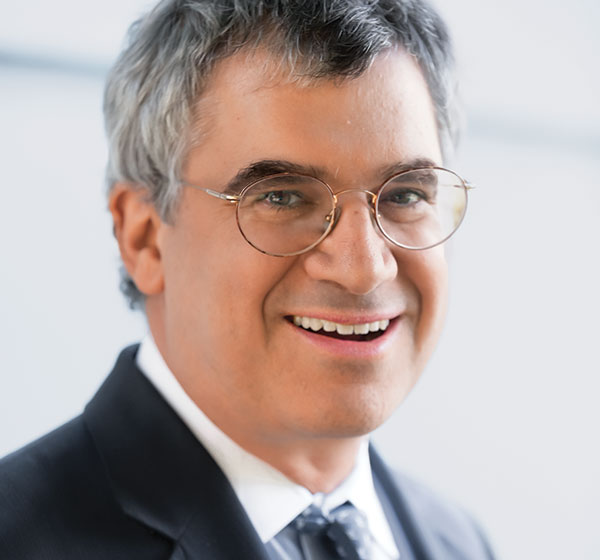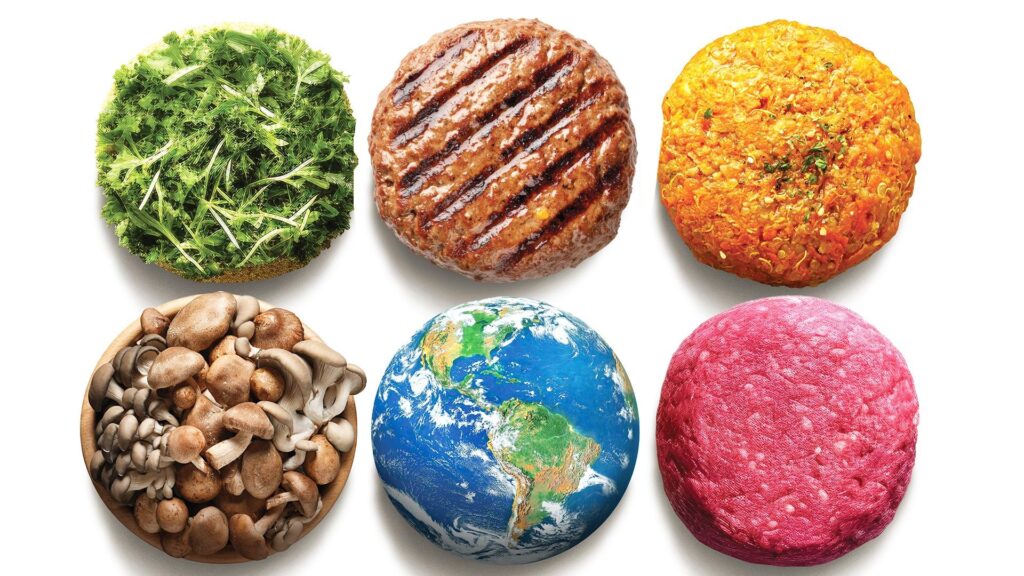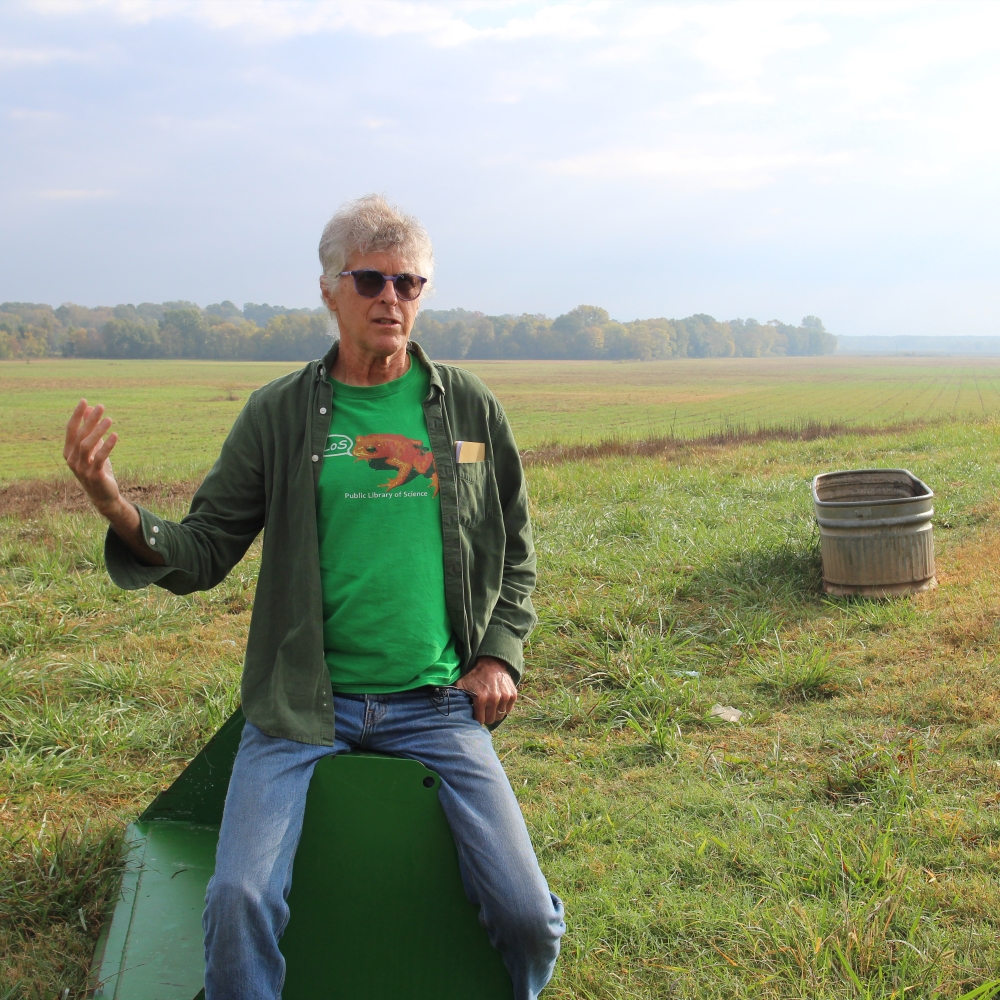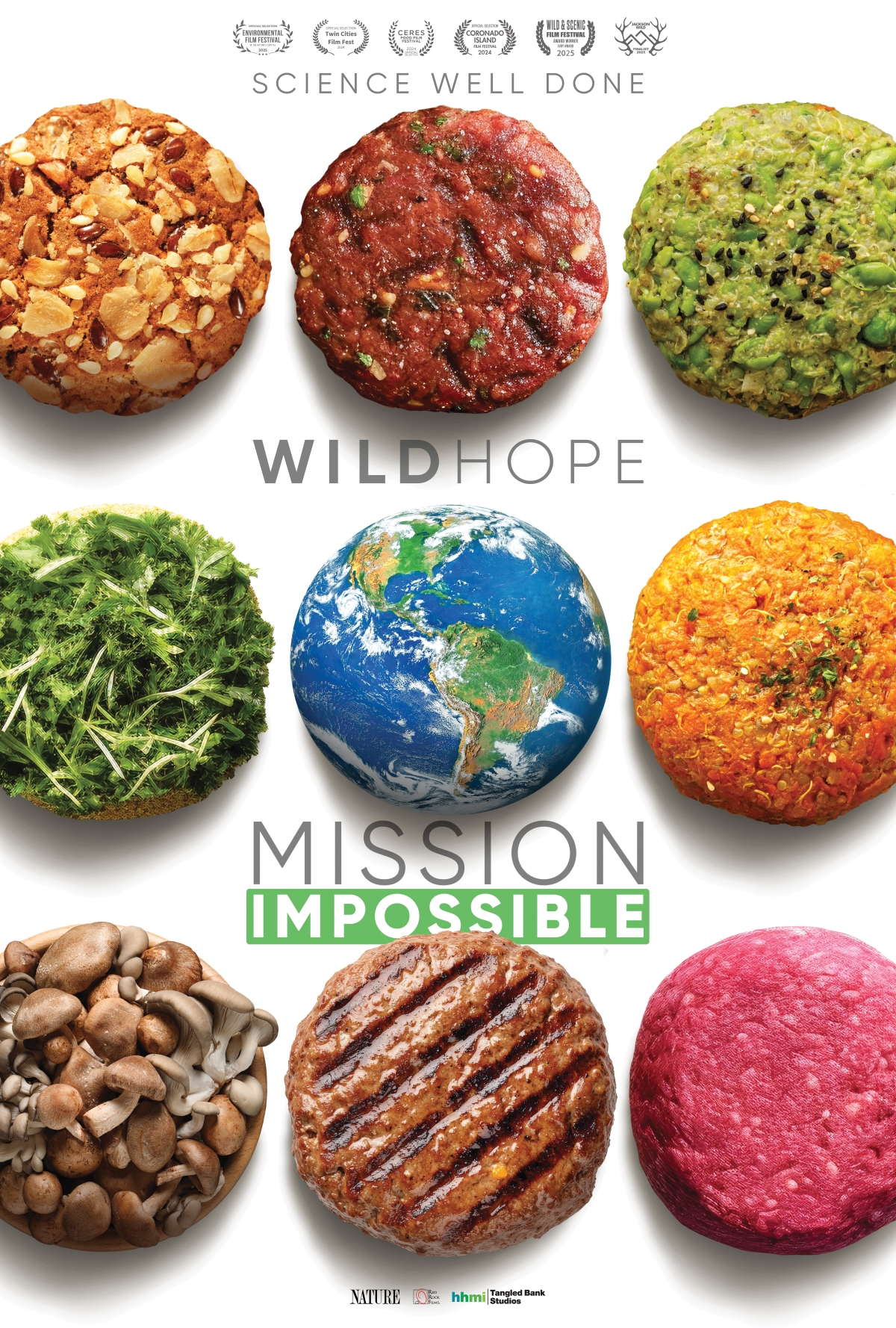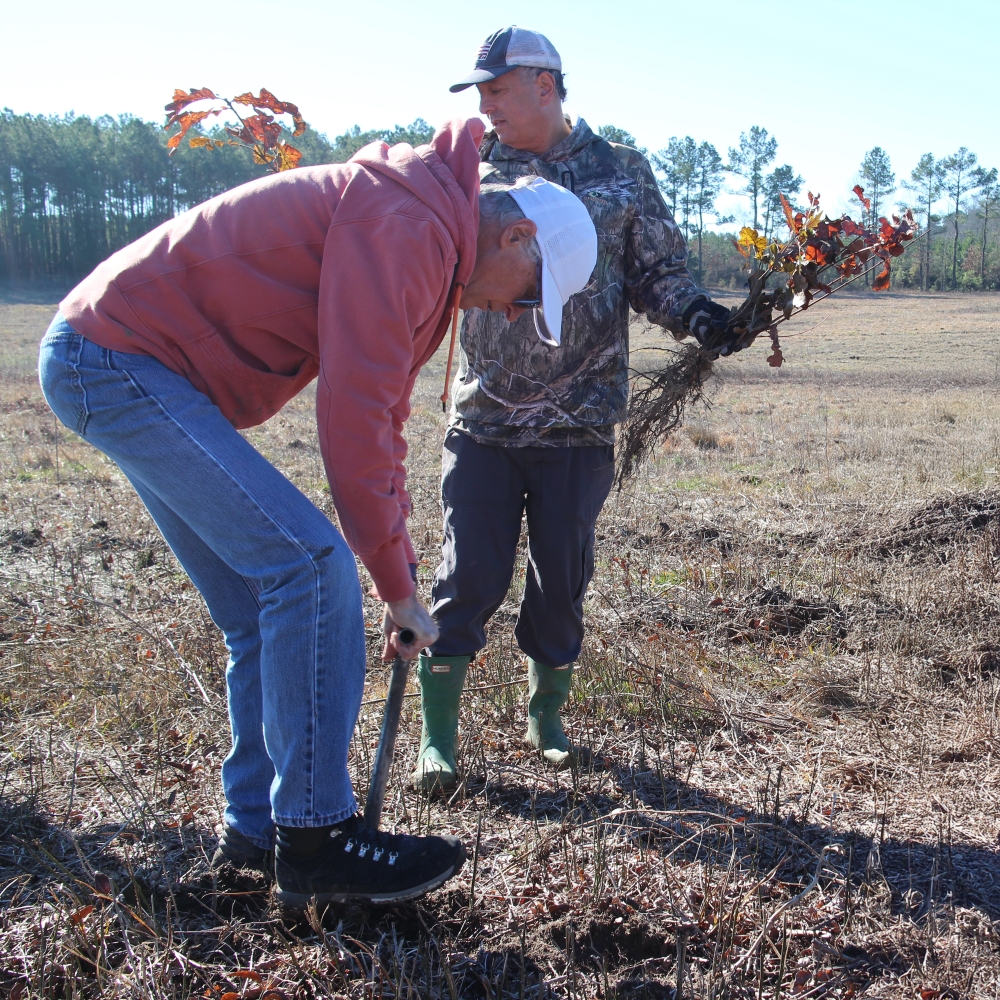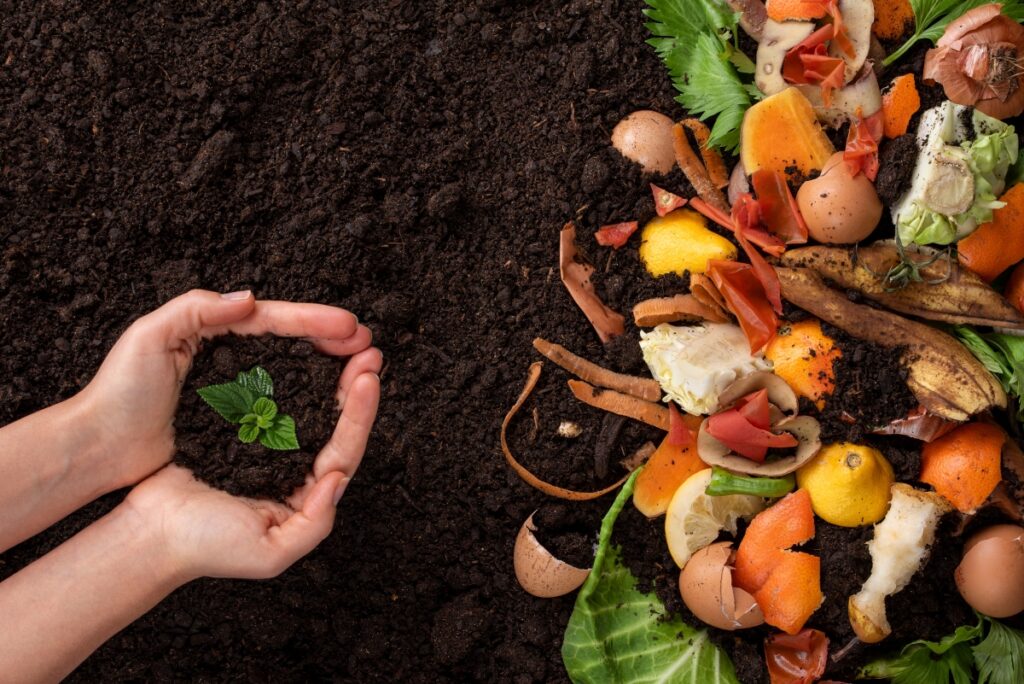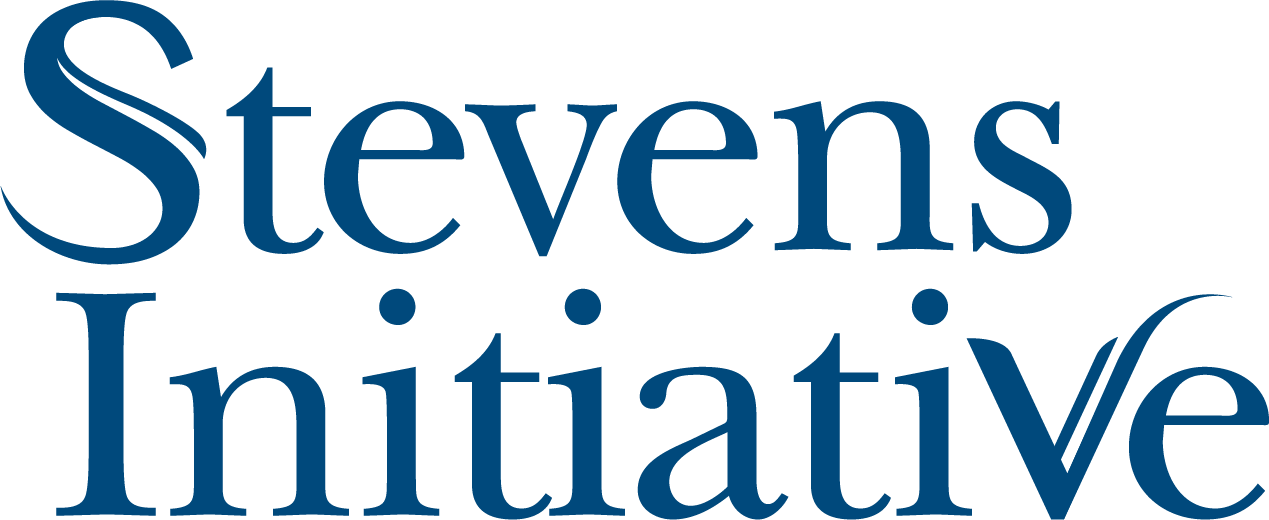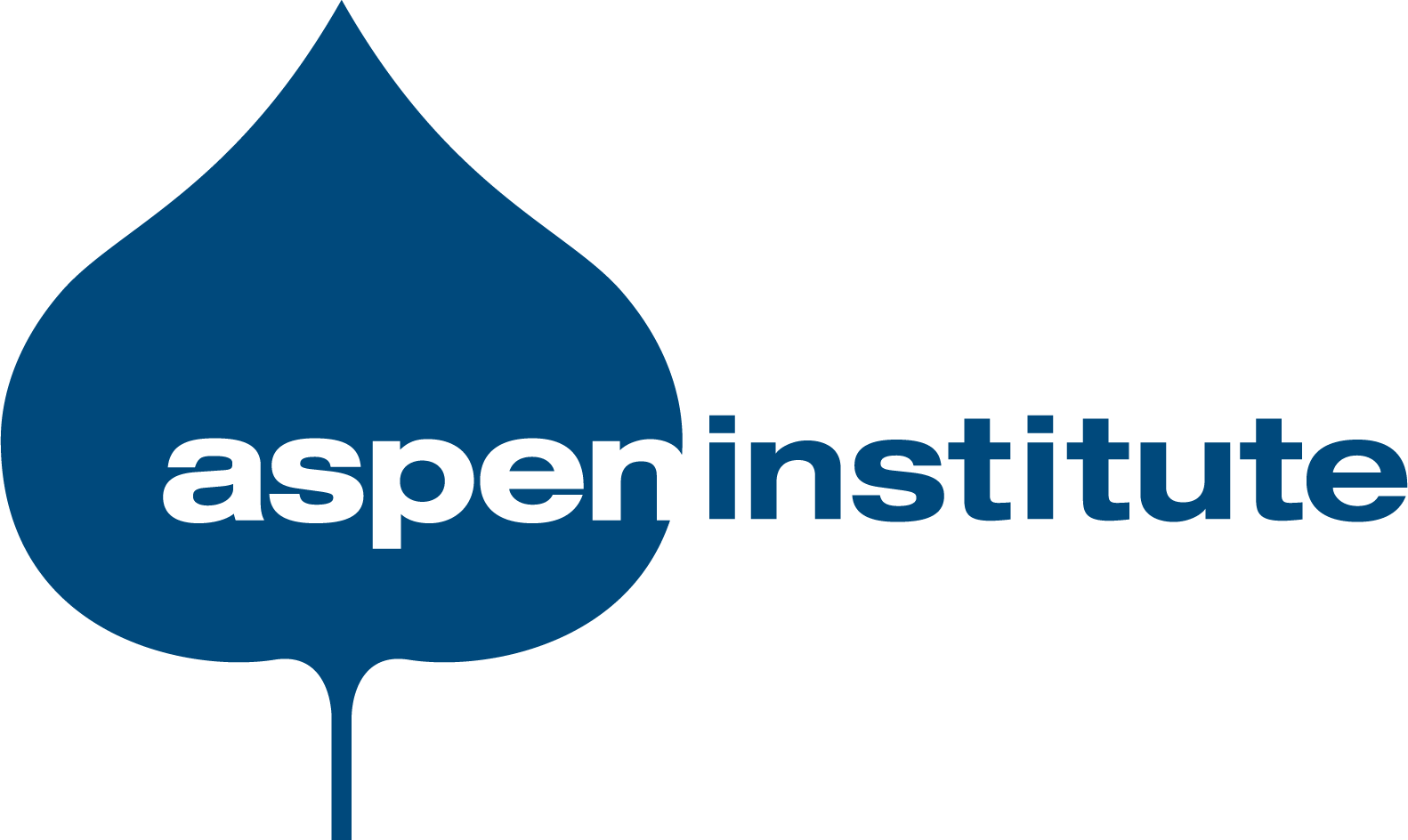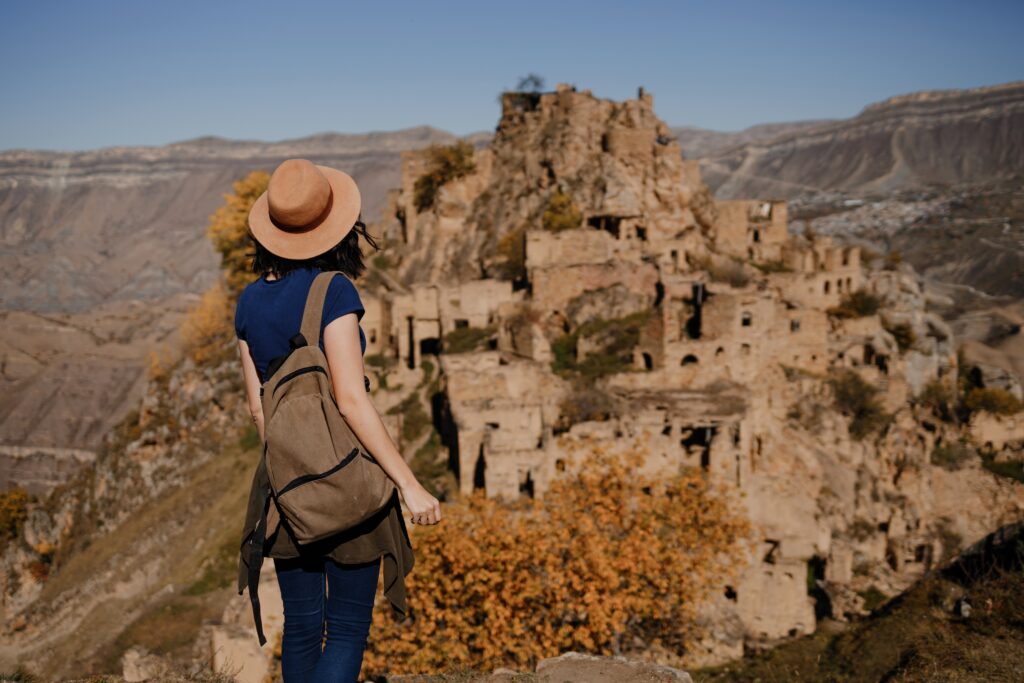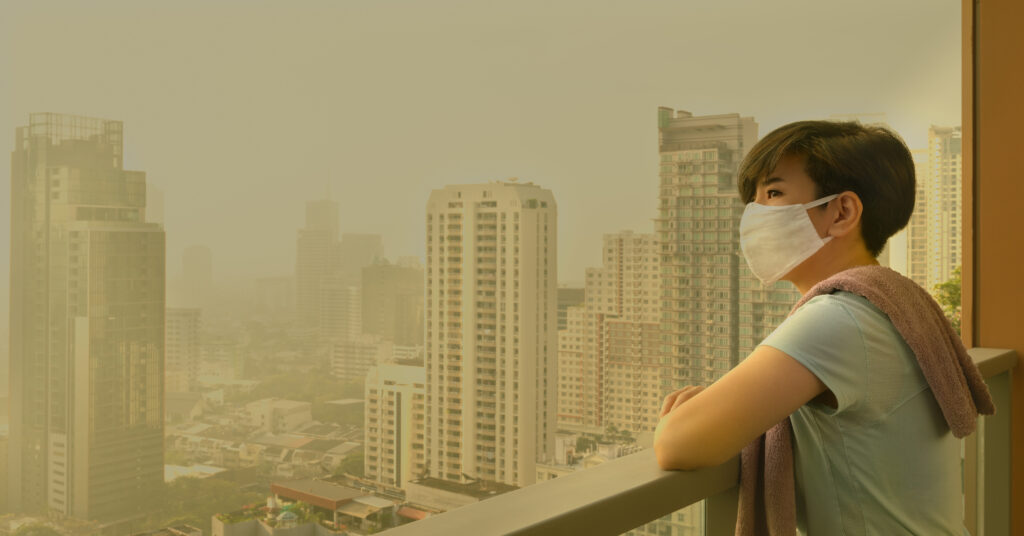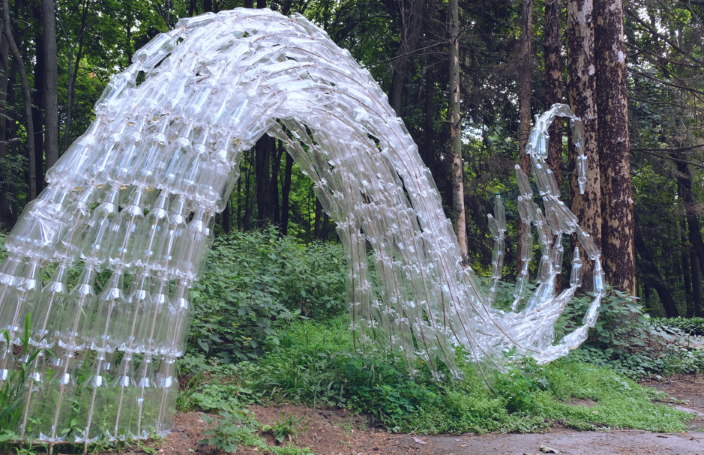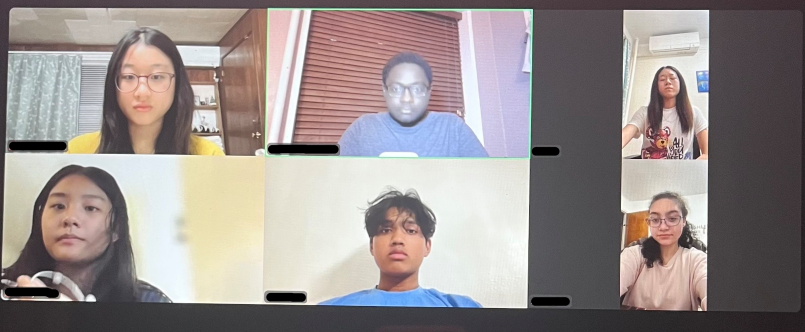Winner of the Junior Academy Challenge – Spring 2025
“Air Quality & Health”
Sponsored by Stevens Initiative
Published August 5, 2025
By Nicole Pope
Team members: Kelsey M. (Team Lead) (California, United States), Hana H. (Egypt), Zoha H. (North Carolina, United States), Islam H. (Saudi Arabia), Sanaya M. (New Jersey, United States), Kavish S. (North Carolina, United States)
Mentor: Brisa Torres (Germany)
Indoor air pollution, caused largely by volatile organic compounds (VOCs) and carbon dioxide (CO2), presents major risks for human health. Globally 2.6 billion people are exposed to household air pollution, mostly from cooking with kerosene, solid fuels like wood, charcoal, coal or dung, and inefficient stoves. As a result, they face the risk of respiratory or heart diseases, cancer, and damage to organs like the liver, kidneys, or central nervous system.
When they joined the spring 2025 Air Quality and Health Junior Academy Challenge, this team of six high school students from the United States, Egypt and Saudi Arabia chose to address this often-neglected threat. “I learned so much about indoor air pollution and how it often gets overlooked, especially in communities that use kerosene or other fuel-based cooking methods,” says team member Islam H. “The more we researched, the more I realized how widespread this issue is, and how it’s especially harmful in areas with limited access to clean energy solutions.”
Before developing their winning Eco-Twister Air Filter device, the team members conducted research and brainstormed extensively online to define their approach and whether to prioritize cost, portability, or advanced technology. Their project draws on their varied skillsets and perspectives: one team member had experience in public health research, others excelled in experimental design or robotics, or brought an interest in coding or data analysis.
“We all had different ways we wanted to make the air filter at first: some suggesting we use high technology and equipment, others saying we should stick with everyday home materials,” explains teammate Zoha H. “Later on, we debated on how to redesign our filter and decided to cater towards low-income communities more and made it smaller as well as cheaper.”
Reducing VOCs and CO2
To reduce the levels of harmful indoor gases like VOCs and CO2 that stem mostly from cooking emissions, the winning team opted to design an affordable, do-it-yourself (DIY) air filter. Commercially available filters, costing between $200-$400, are out of reach for families with limited income. “Equity and inclusivity were central to our project,” says team leader Kelsey M. “We designed the filter to be affordable, our second prototype cost about $41.10, and DIY, targeting low-income communities disproportionately affected by air pollution.”
The Eco-Twister combines the capabilities of a MERV 13 filter to capture dust, pollen and tiny particles, and activated charcoal to absorb VOCs and CO2 and reduce both odors and harmful gases. They added sphagnum moss as a third, natural, component to boost the effectiveness of their innovative filter. Moss traps larger particles, heavy metals, and enhances sustainability by metabolizing VOCs.
After producing an initial prototype, the team went on to improve their design, making a second version of the device 95% smaller as well as lighter and cheaper. “We realized what would be the most achievable and which items would be easiest to source, as our project is affordable and easy for anyone to make by themselves,” says team member Sanaya M. “When redesigning our solution, we prioritized accessibility and eco-friendliness and ended up reducing the size.”
Greater Portability and Promising Findings
This meant using one filter instead of four, which resulted in much greater portability. The team conducted tests to measure the reduction in harmful emissions their revised Eco-Twister Air Filter achieved. They were delighted when results showed that the Eco-Twister reduced peak VOC concentration by 40.8% and also accelerated VOC removal and air recovery, competing favorably with more expensive devices.
The team also conducted a survey in their communities, which revealed that 95% of the 40 respondents would be interested in using the 14-inch x 16-inch x 2-inch Eco-Twister device, which weighs 5.5lbs. Over three quarters of those surveyed found the team’s ingenious air filter affordable and more than 80% stated they would use it daily.
For the participating students, the project has been a valuable learning experience. Discussions within the group exposed them to different points of view and taught them to reach an optimal outcome by weighing multiple requirements. “My teammates who pushed for portability for low-income families got me thinking about who’d actually use it,” explains teammate Kavish S. “Also, the eco-friendly folks opened my eyes to using sustainable stuff like moss, which I hadn’t thought about before.”
The team has plans for future iterations of the Eco-Twister filter, which would use bamboo-based charcoal and biodegradable materials for enhanced sustainability. “I used to figure that air pollution was someone else’s issue, but seeing that 100% of our survey folks thought our filter could help, opened my eyes,” reflects team member Hana H. “People in poorer areas are getting sick from bad air with no good options.”
Learn more about the Junior Academy.

